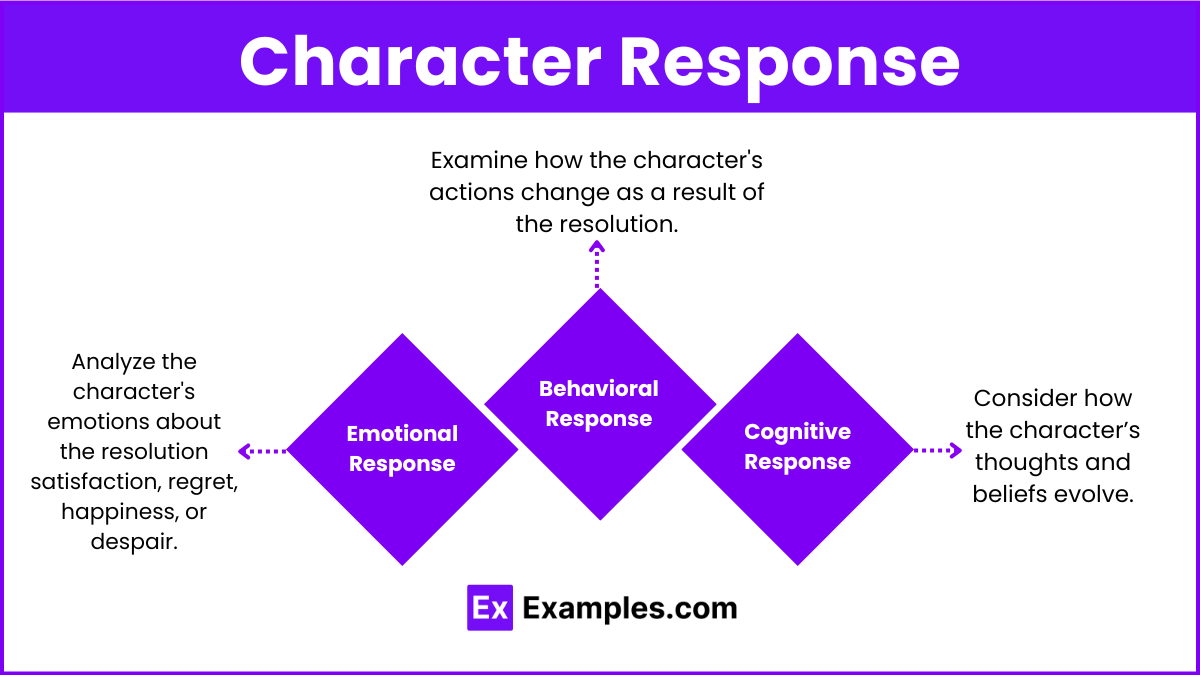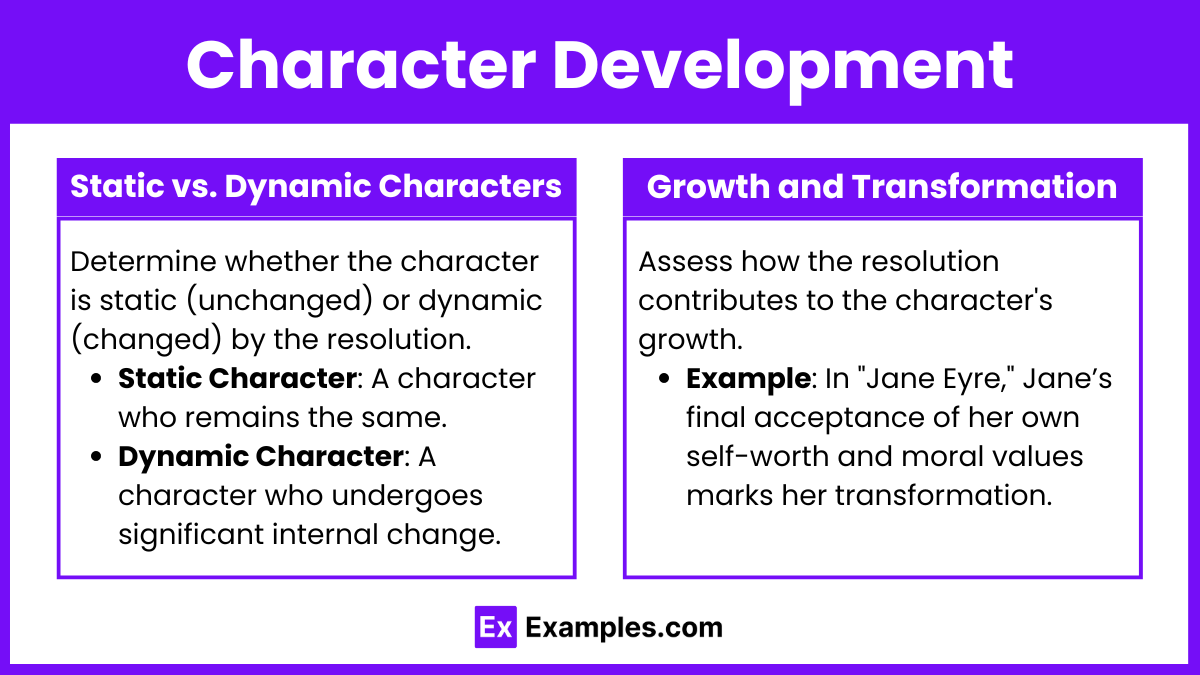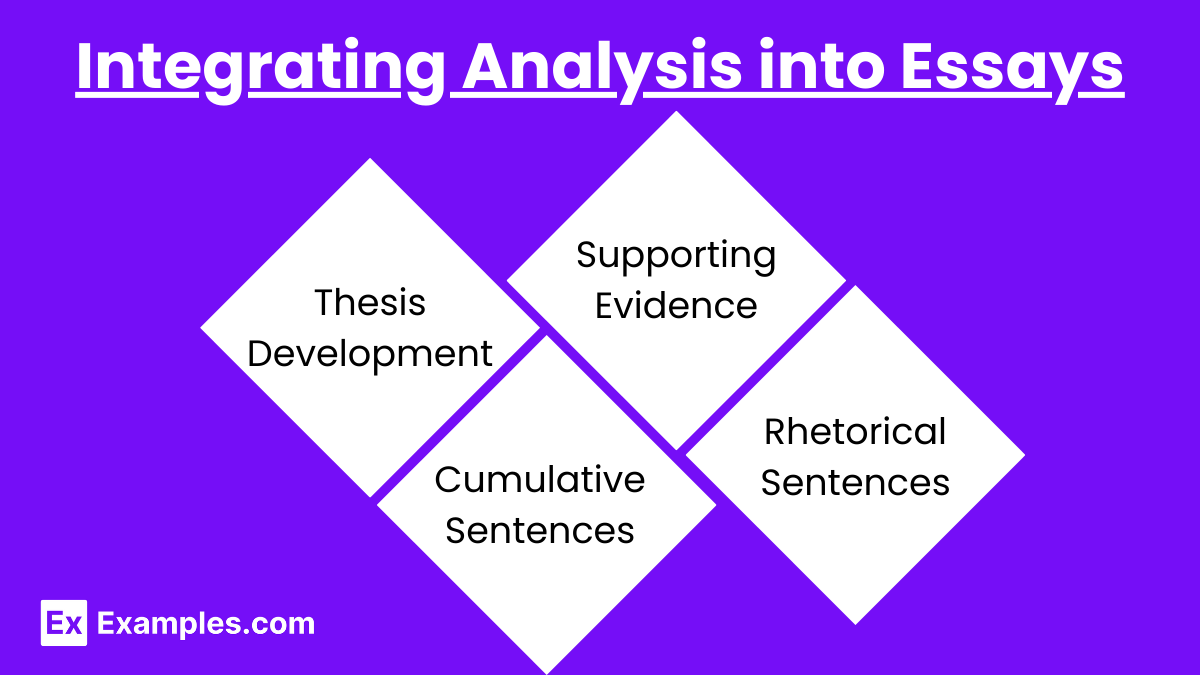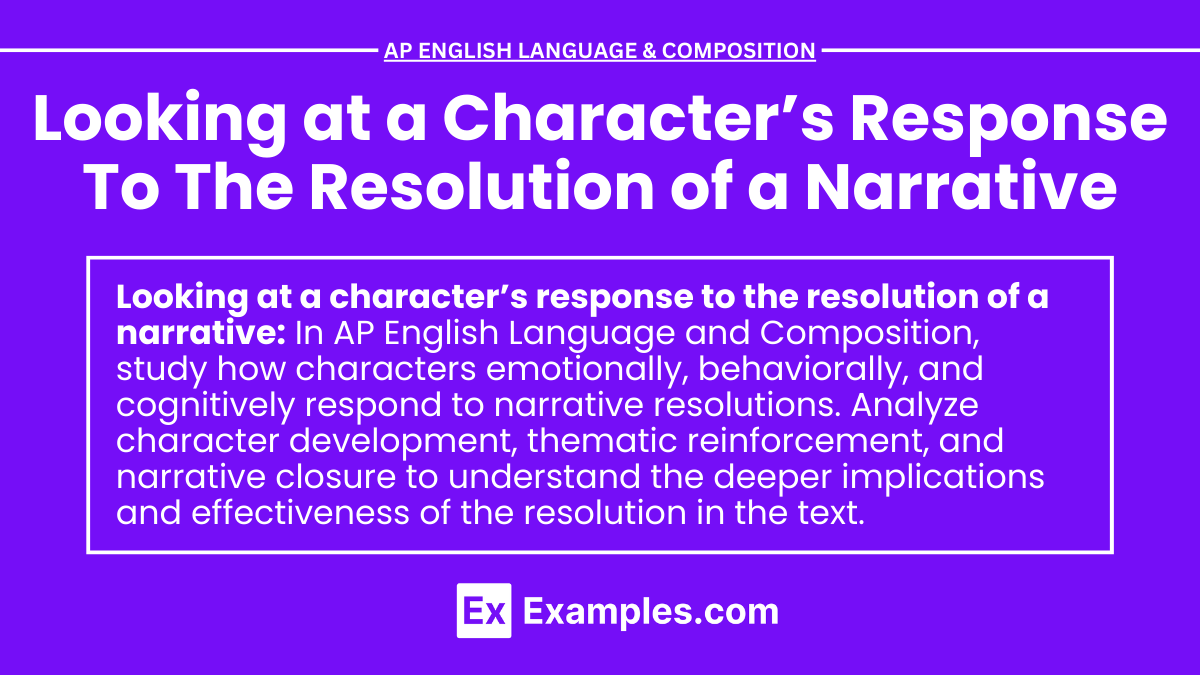In AP English Language and Composition, analyzing a character’s response to the resolution of a narrative is crucial for crafting effective rhetorical sentences and cumulative sentences that enhance both argumentative speech and argumentative writing. This analysis provides insights into character development, thematic reinforcement, and the overall impact of the story. By examining emotional, behavioral, and cognitive responses, students can develop nuanced arguments and persuasive essays that demonstrate a deep understanding of literary techniques and narrative resolution, essential for success in the AP exam.
Learning Objectives
The learning objectives for analyzing a character’s response to the resolution of a narrative in AP English Language and Composition include using cumulative sentences to build detailed and layered analyses, crafting clear explanatory essays and expository essays that explore character development, employing rhetorical sentences to enhance persuasive writing, developing a strong final thesis statement that encapsulates the character’s response, and applying critical thinking to interpret and evaluate the significance of the character’s emotional, behavioral, and cognitive reactions within the narrative.
Understanding Resolution
- Definition: The resolution, or denouement, is the final part of a narrative where conflicts are resolved, and the story concludes.
- Purpose: It provides closure to the plot, resolves character arcs, and often reinforces the story’s themes.
Character Response

- Emotional Response: Analyze how the character feels about the resolution. Consider emotions such as satisfaction, regret, happiness, or despair.
- Example: In “The Great Gatsby,” Nick Carraway’s disillusionment reflects his response to Gatsby’s tragic end and the emptiness of the American Dream.
- Behavioral Response: Examine how the character’s actions change as a result of the resolution.
- Example: In “To Kill a Mockingbird,” Scout’s understanding and empathy towards others deepen after the resolution of Tom Robinson’s trial and Boo Radley’s revelation.
- Cognitive Response: Consider how the character’s thoughts and beliefs evolve.
- Example: In “Pride and Prejudice,” Elizabeth Bennet’s realization of her misjudgments about Darcy leads to personal growth and a change in perspective.
Character Development

- Static vs. Dynamic Characters: Determine whether the character is static (unchanged) or dynamic (changed) by the resolution.
- Static Character: A character who remains the same.
- Dynamic Character: A character who undergoes significant internal change.
- Growth and Transformation: Assess how the resolution contributes to the character’s growth.
- Example: In “Jane Eyre,” Jane’s final acceptance of her own self-worth and moral values marks her transformation.
Themes and Morals
- Reinforcement of Themes: Analyze how the character’s response to the resolution reinforces the central themes of the narrative.
- Example: In “1984,” Winston’s final submission to Big Brother underscores the theme of totalitarianism and the loss of individuality.
- Moral Lessons: Consider any moral lessons imparted through the character’s response.
- Example: In “The Crucible,” John Proctor’s decision to maintain his integrity, even at the cost of his life, teaches the importance of personal integrity.
Symbolic and Metaphorical Implications
- Symbolism: Examine any symbolic elements related to the character’s response.
- Example: In “The Catcher in the Rye,” Holden Caulfield’s acceptance of Phoebe’s carousel ride symbolizes his acceptance of growing up.
- Metaphors: Identify metaphors that illustrate the character’s journey and response.
- Example: In “Life of Pi,” Pi’s survival journey can be seen as a metaphor for spiritual and existential exploration.
Narrative Techniques
- Point of View: Consider how the narrative point of view influences the depiction of the character’s response.
- Example: In “Beloved,” the shifting perspectives provide a multi-faceted view of Sethe’s response to her past and its resolution.
- Foreshadowing and Irony: Identify any foreshadowing or irony that affects the character’s response.
- Example: In “Of Mice and Men,” the foreshadowing of Lennie’s fate makes George’s final act tragically ironic and highlights themes of mercy and friendship.
Integrating Analysis into Essays

- Thesis Development: Craft a thesis that addresses the character’s response and its significance.
- Example: “In ‘The Great Gatsby,’ Nick Carraway’s response to Gatsby’s death highlights the hollowness of the American Dream and his ultimate disillusionment with the East Coast elite.”
- Supporting Evidence: Use quotations and detailed examples to support your analysis.
- Example: “Nick’s observation that ‘they were careless people, Tom and Daisy’ reflects his condemnation of their recklessness and moral emptiness.”
- Cumulative Sentences: Employ cumulative sentences to build complex and detailed analysis.
- Example: “Through Scout’s reflections on Boo Radley, Harper Lee portrays her newfound empathy, maturity, and understanding of human complexity, culminating in her realization that ‘most people are nice, when you finally see them.'”
- Rhetorical Sentences: Use rhetorical sentences to emphasize key points and enhance persuasiveness.
- Example: “How does Holden’s acceptance of Phoebe’s carousel ride symbolize his growth? It signifies his tentative acceptance of life’s cycles and the inevitability of change.”


